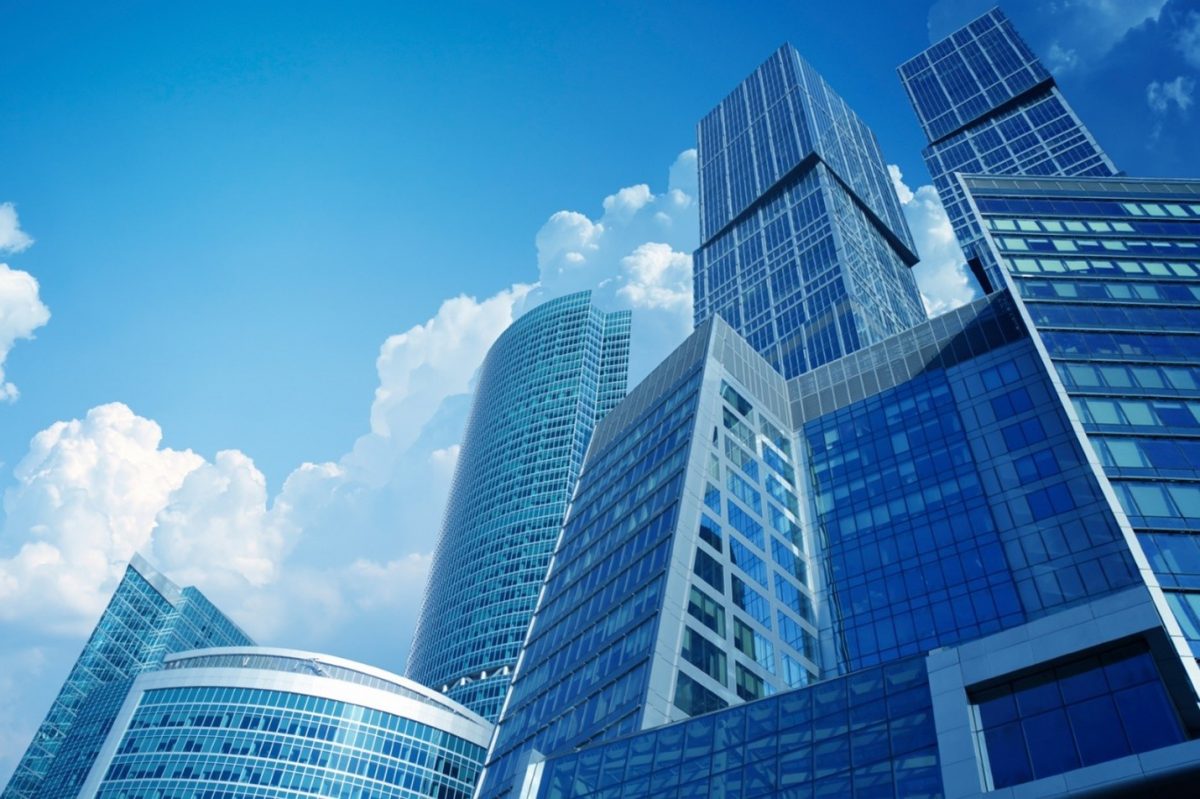Glass is an incredibly versatile material used extensively in building construction. This article explores the unique properties that make architectural glass so popular, including transparency, insulation, strength, recyclability, and fire/chemical resistance.
Read on to learn about the different types of Glass used in buildings, from laminated and energy-efficient to privacy and tinted Glass. Discover how innovations in glass manufacturing are creating new possibilities for architectural design.
The Unique Properties of Glass for Buildings
Glass is a highly versatile material for modern building construction due to its aesthetic appeal and functional properties, which offer architects a great deal of design flexibility.
1. Transparency
The transparent quality of Glass is its most defining feature. Unlike walls or barriers, Glass is a unique material that lets you see through its solid walls.
Glass allows natural light to enter the room and makes the whole space feel more open and. Glass can be used to make windows, walls, balconies, and other parts of a building look beautiful and modern.
2. Insulating Abilities
In addition to transmitting light, Glass not only lets light through but can also help control the temperature and noise levels in buildings. Some types of glass have special layers that provide extra insulation, which can save energy and lower electricity bills.
Additionally, Insulation glass can filter out harmful UV rays, keeping you safe and comfortable indoors.
3. Strength and Safety
Even though the glass looks fragile, it’s quite strong and long-lasting. There are special ways to make it even tougher, like heating it up and then cooling it down quickly. When this is done, the glass can manage heavy stresses without bending or breaking.
And if this toughened glass breaks it won’t break into dangerous pieces but instead into small, safe pieces. This makes it a great choice for places where there are lots of people. Some kinds of glass can even help stop fires from spreading.
4. Recyclability
Glass is a great choice for building things because it’s good for the environment. When you’re done with it, you can recycle it easily; it gets melted down and turned into new things without needing any extra stuff. Hence, it saves a lot of energy and keeps a lot of waste out of the trash.
5. Chemical Resistance
Glass exhibits high resistance to chemicals. Acid solutions or other corrosive substances which damage other substances leave Glass unaffected. This property allows extensive use of glass machines in scientific laboratories and industrial facilities dealing with hazardous compounds.
Types of Architectural Glass
Specialised techniques give rise to an array of unique glass products for different building applications.
1. Laminated Glass
Layers of glass bonded by a transparent vinyl interlayer give laminated Glass enhanced strength and shatter resistance. The vinyl also dampens noise transmission.
Common architectural uses include glass for buildings‘ exteriors, glass floors, skylights, interior décor.
2. Energy-Efficient Glass
This “smart” Glass contains specialised surface coatings which modulate light and radiation passage to improve energy efficiency. Solar heat gain is reduced while allowing abundant natural light to enter. Use cuts HVAC costs, benefiting commercial property owners and residential consumers alike.
3. Privacy Glass
Electronically switchable Glass can change from transparent to translucent to opaque. This adjustability affords privacy control for interior spaces. Just a click of a remote alters the amount of visibility. Privacy glass is growing in popularity for offices, hospitals, homes, and anywhere variable transparency is desired.
4. Tinted Glass
Adding colourant minerals while manufacturing infuses Glass with tint while preserving other physical qualities. Tinted glass cuts glare and boosts aesthetics. Using in hotels, restaurants, lobbies, atriums, and entryways make a stylish design statement.
5. Toughened / Tempered Glass
Tempered or toughened Glass undergoes controlled heating and then rapid cooling during production. This compresses the surface layers while putting the glass core under compression for vastly improved tensile strength.
When broken, it fractures into small, rounded bits rather than sharp shards. Abundant architectural uses include glass doors, partitions, facades, stair railings, and flooring.
Conclusion
Ongoing advances make Glass more versatile and multi-functional than ever, allowing architects to exercise great creativity. Consumers appreciate Glass for its aesthetic enhancements to living and working spaces as well as its sustainability advantages. Contact AIS Glass to explore the many possibilities glass offers for innovative construction projects.

